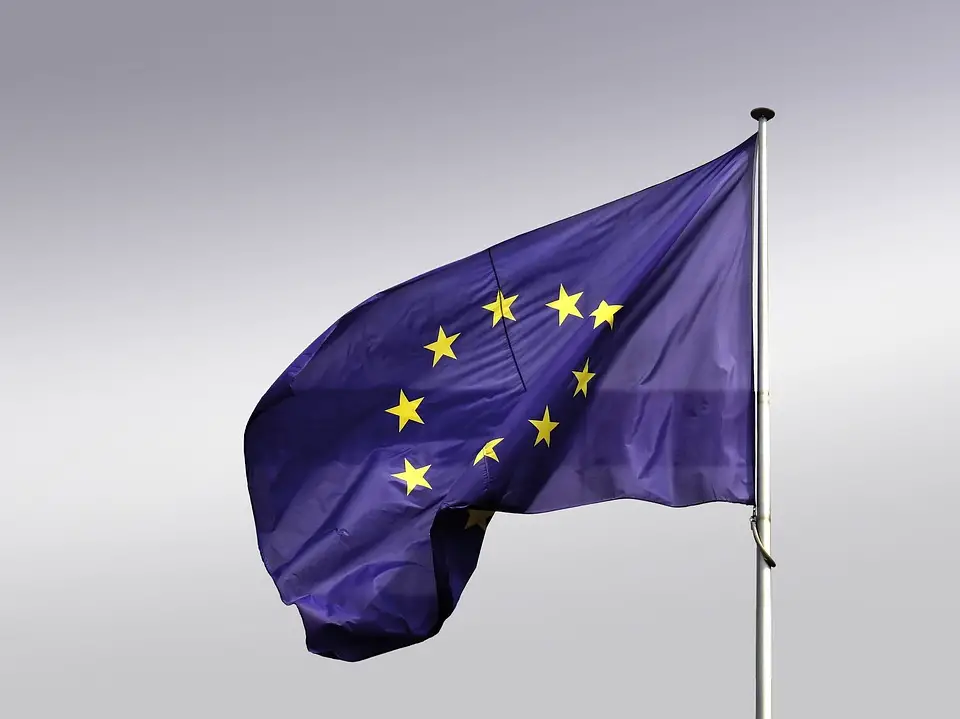As Poslovni Dnevnik/Darko Bicak writes, as announced back at the end of last year, the European Union recently presented a plan which, despite being controversial for some, will consider new investments in nuclear energy and gas thermal power plants. On top of that, it will make infrastructure environmentally sustainable, ie green, which means that it will be facilitated institutionally through EU funds and private investments in such projects.
The supplementary delegated act on the taxonomy of climate sustainable activities to mitigate and adapt to climate change, which covers certain energy activities in the gas and nuclear sectors, is particularly interesting for Croatia and Croatian energy investment because there are several projects that could be financed directly from EU funds on that basis.
First of all, we can look at the second block of the Krsko Nuclear Power Plant, which is primarily planned to be built by the neighbouring Slovenes, for which the first permits were issued last year. Croatia is not indifferent to the project and is likely to participate in it. The Krsko NPP was built back in 1983 and it has remained unchanged to this day. It represents an investment, as well as maintenance and the distribution of energy in equal proportions between the two neighbouring nations of Slovenia and Croatia.
Although there are no details about that yet, it is certain that such a model would be applied to Block 2. The estimated cost of the project is between six and 10 billion US dollars, according to green activists in the wider region who oppose expanding nuclear capacity in Krsko and point out that it is, in addition to being dangerous and archaic, too expensive and unprofitable in regard to technology.
It is interesting that most of the opposition to the upgrade of Krsko comes from Austria, where there is a common position of politicians, as well as from the public and activists that this project must be prevented at all costs. Over more recent years, Croatia has invested heavily in gas infrastructure, and a similar trend is expected in the coming period. The LNG project on Krk proved to be important and functional, as an example. All energy experts have warned for the past 20 years, as far as this project is concerned, that LNG gas is too expensive and unprofitable compared to natural gas coming through gas pipelines.
That being said, they also didn’t deny that this is a strategic infrastructure project that will give Croatia and the wider region, through energy diversification, much greater geopolitical power in the event of a political or energy crisis in Eastern Europe or the Middle East. A certain level of instability in the Middle East has become a normal situation for several decades now, and trade and energy flows have learned to “live” with it. The current crisis between Russia and Ukraine has been going on for about ten years, and it has recently escalated again, so the possibility of a war that could range from a low-intensity hybrid conflict through a spatially and temporally limited armed conflict to something continental and of global proportions is something we don’t even want to think about at the moment.
Gas prices have risen from about 30 US dollars per megawatt (MWh) to almost 100 dollars. Recently, gas on the reference European gas exchange TTF in the Netherlands was just under 80 dollars. Therefore, it is clear that the existing floating LNG, worth a massive 234 million euros, of which the EU gave Croatia 100 million, has already justified its existence today and the authorities are probably already planning the second phase of the project – building a fixed terminal on the coast and increasing the existing capacities of 2.6 billion cubic metres of gas per year. It appears that Croatian energy investment isn’t going to stop there, either.
Croatia has turned almost all of its city heating plants, mostly owned by HEP, into gas power plants, and although the authorities have been pretending over more recent years that the Plomin C project doesn’t actually exist, nor has it ever existed, it is increasingly likely that, with its originally planned coal technology, it will also be constructed as a large gas power plant, perhaps on LNG given that this thermal power plant has its own port for docking ships, either for unloading coal, or in the future on LNG.
Additionally, a plan of a private investment in a hybrid gas thermal power plant in Slavonski Brod with a total capacity of 500 MW and an estimated investment value of 420 million euros has been operational for about fifteen years now. Only the listed projects in half of NPP Krsko, the fixed LNG terminal, Plomin C and TPP Slavonski Brod total almost six billion euros and it is clear that the new and green EU classification of nuclear and gas technology will have a great positive effect on Croatia and Croatian energy investment as time goes on.
The presented EU proposal will have to be studied by national governments in the coming period, and before it is officially adopted. The fact is that the EU has 27 member states and that each of them has its own energy strategy and position on the positive or negative effects of a certain form of energy, but the EU has come to this in such a way that one or several countries cannot veto the decision. The EU’s plan will be rejected only if 20 member states oppose it, and it is already clear that countries like the Netherlands and Denmark don’t want gas involved in the Green Plan, because they use it less and less and sometimes even reject it, while on the other hand, gas is of existential importance for Germany.
The nuclear lobbies in the EU are led by France and the Czech Republic, which are the loudest of them all, and aren’t typically opposed by many other countries, which have both realised that they will NOT ensure their energy independence for many years to come. Many green associations and institutions, on the other hand, warn that it will be a step backwards because it will make it difficult and stop many renewable energy projects and give the public the so-called Greenwashing, or a false notion which convinces the public that the products, goals and policies of this plan are environmentally friendly.
The Ministry of the Economy and Sustainable Development pointed out that the Republic of Croatia, in accordance with the stated policy and its strategic documents in the field of energy, “Energy Development Strategy of the Republic of Croatia until 2030 with a view to 2050” and the “Integrated National Energy and Climate Plan for the Republic of Croatia”, encourages the development of renewable energy sources and the strengthening of energy efficiency.
“In this policy, we can see a number of opportunities for the Croatian economy, especially in the development of new technologies dedicated to renewable energy sources. In order to ensure further economic development, as well as a sustainable transition to clean and climate-neutral technologies, we believe that the inclusion of investments related to natural gas and nuclear energy can have a positive effect on the decarbonisation processes. Of course, all of the above must be dedicated to the ultimate goal of decarbonisation, both of the energy sector and of the economy as a whole,” said the aforementioned ministry, headed by Minister Tomislav Coric.
For more on Croatian energy investment, check out our politics section.











